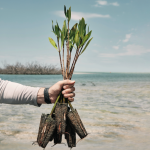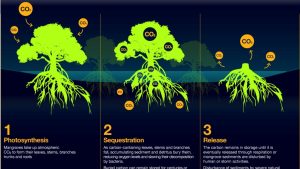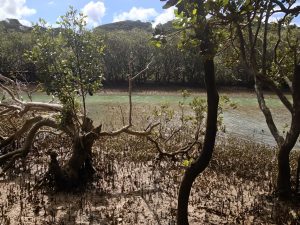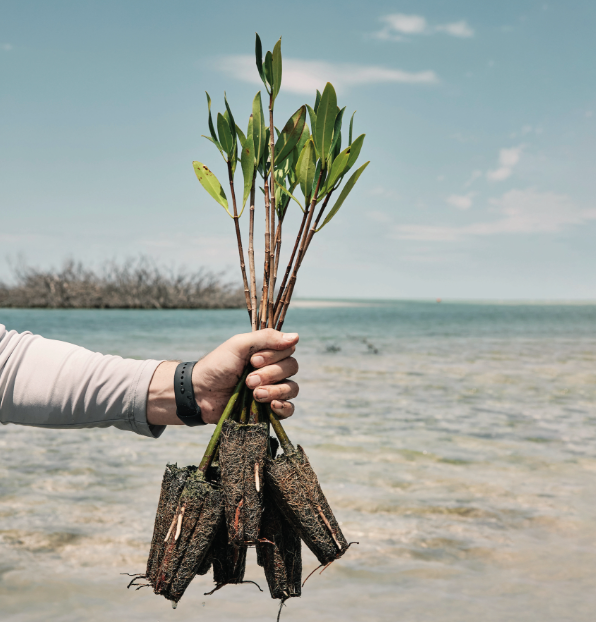The Framework for Harmonious Coexistence: Operationalizing Global Theories of Change
A new study led by Griffith University has developed a framework for operationalizing global theories of change in order to achieve harmonious coexistence between humans and nature. The research, published in Nature Sustainability, translates these global theories into tangible steps for the conservation of ecosystems. The framework takes into account the economic and political conditions of each nation to ensure the effectiveness of conservation actions. Lead author Dr. Christina Buelow emphasizes the importance of considering enabling conditions such as social, economic, and political factors that contribute to the successful implementation of conservation actions. The study outlines a three-step framework for applying global theories of change and classifies nations based on their capacity for sustainable ecosystem management. The research focuses specifically on coastal blue carbon ecosystems and provides conservation approaches tailored to the unique circumstances of different nations. By coordinating actions across nations, the framework aims to achieve conservation and biodiversity targets set by global frameworks like the Kunming-Montreal Global Biodiversity Framework and the Sustainable Development Goals.
Griffith University s study created a framework to implement global theories of change for human-nature harmony. Published in Nature Sustainability, the research translates theories into steps for ecosystem conservation. The framework considers economic and political conditions of each nation for effective conservation. Lead author Dr. Christina Buelow emphasizes considering enabling conditions such as social, economic, and political factors for successful conservation. The study outlines a three-step framework, categorizing nations based on sustainable ecosystem management capacity. It focuses on coastal blue carbon ecosystems, offering tailored conservation approaches. The framework aims to achieve global biodiversity and sustainable development targets by coordinating actions across nations.




